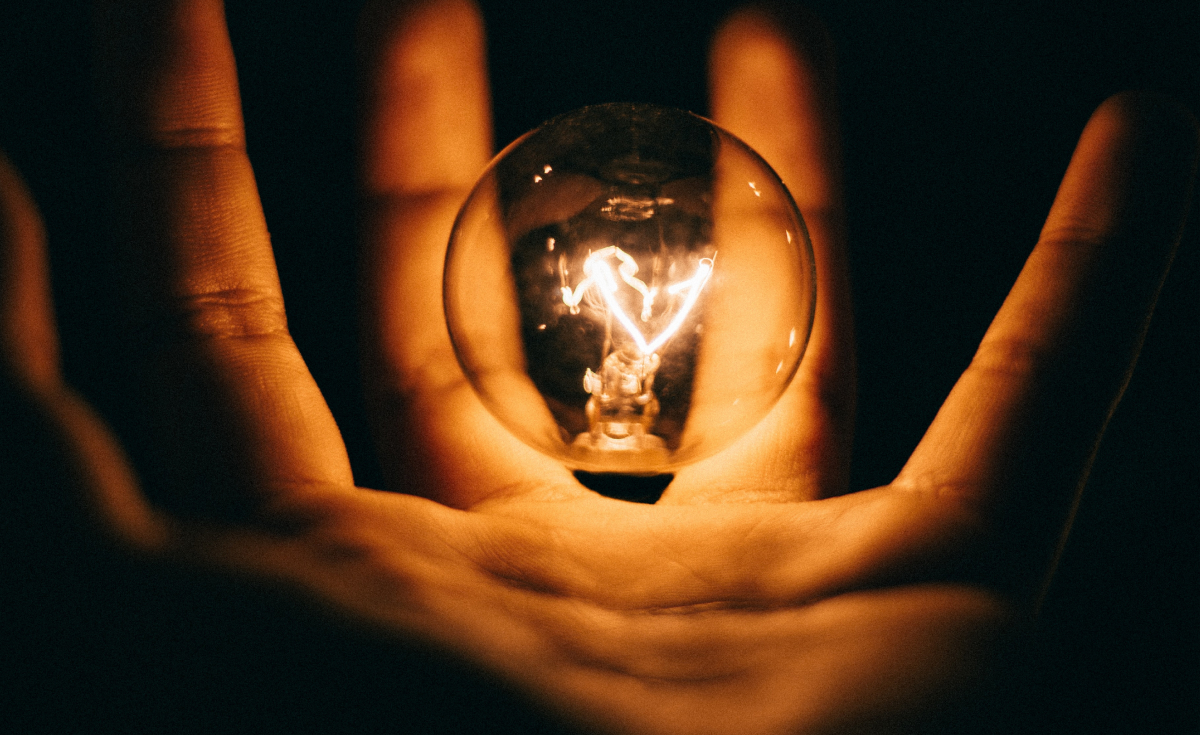What is Electricity and How is it Made?
 by Cian Haddock | 18 February 2019
by Cian Haddock | 18 February 2019

How is Electricity produced?
Every day, we light up our world and move through it with energy. We turn on our lights, boil the kettle to make a cup of tea, and then many of us will hop on public transport during our daily commute to work. All of these actions have one thing in common: they’re all powered by electrical energy.
A bolt of lightning is the quintessential image of electric energy – and if you’ve ever sat and watched a lightning storm, you’ll have somewhat of an idea of the power possessed by electricity. One bolt of lightning could power over 100 lamps for a whole day. Or make several thousand cups of tea and slices of toast. Yes, we would be willing to share.
But what exactly is electricity and how is it made?
Excuse us while we get technical for a moment, but: you probably know that everything – you, us, the chair you’re sitting on and the ceiling above you or the trees outside – is made from atoms. And when we zoom in close on these atoms, we see that they’re made up of positively and negatively charged particles. The thing about the negative particles is that they can flow from one atom to the next. And when they flow, we call this electricity.
How does electricity get to my home?

Good question! A couple of things have to happen before you turn the TV or hairdryer on.
- Generation Stations
- Transformer Time
- Transmission Lines
- Substations
- Distribution Lines
- To your home
- And into your outlets
Electricity can be generated from a range of different types of energy, from wind to natural gas to water. We wrote all about the different types of renewable energy, from solar energy to wind power, here. It gets complicated, but essentially this energy is transformed into electricity by huge generators.
Now that we have electrical currents, we push these through what are called transformers. This way, we can increase the voltage which makes it possible to push the currents over long distances.
Those big, transformer-looking metal structures you’ve likely driven past a couple of hundred times? Those are called transmission lines and we send the electrical charge right through them.
When the electrical currents reach the substation, the voltage is lowered. This way, we can send it through smaller power lines.
Now the electrical current has reached our neighbourhood. It travels through distribution lines to get there, and smaller transformers are used to reduce the voltage a little more so that we can safely use the power in our homes.
These smaller transformers might be mounted onto poles or sitting in those green boxes you’ve likely spotted in your area.
Once the electricity reaches your home, it passes through your meter so that it can measure how much you or your household uses.
The electrical charge now travels through the wires inside your flat or house, to the switches and outlets all over your home. So that when you want a cup of tea, it’s right there.
And there you have it! Electricity in a nutshell.
As one of the most versatile energy sources we have, it’s interesting to think that it’s also one of our newest: we’ve only been harnessing it to power our homes and businesses for a little over 100 years. And now? From power station to your toaster, it’s at the centre of our modern-day world.